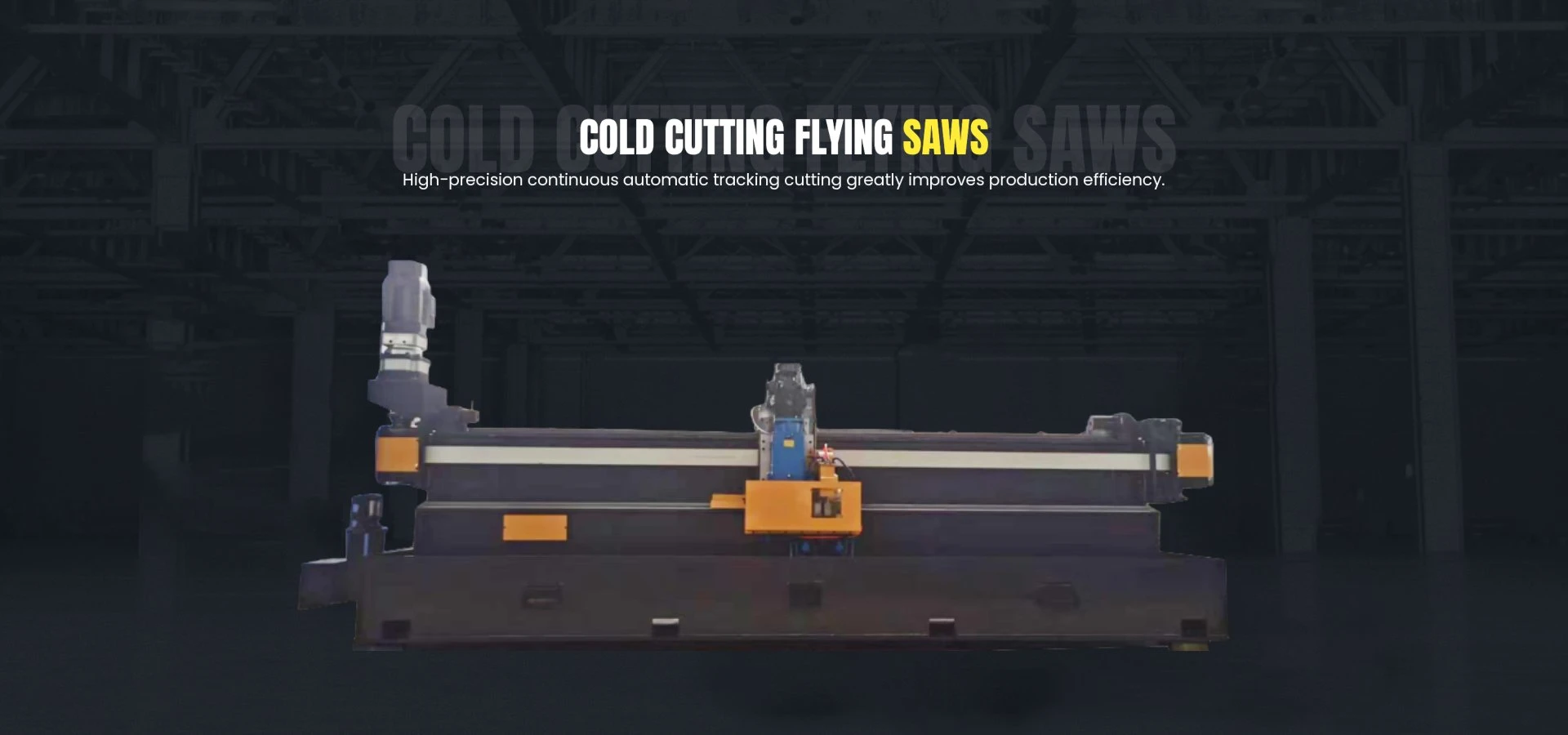Understanding the Principles and Applications of Roll Forming Die Design and Manufacturing
Understanding Roll Forming Dies An Essential Component of Roll Forming Process
Roll forming is a highly efficient manufacturing process that involves the continuous bending and shaping of metal sheets or strips into desired profiles. It is widely adopted in industries such as automotive, construction, and appliance manufacturing due to its ability to produce complex shapes and high-volume parts with precision. At the heart of this process lies the roll forming die, a critical component that determines the quality and efficiency of the final product.
What is a Roll Forming Die?
A roll forming die is a specialized tool used in the roll forming process to shape and guide the metal material as it passes through a series of rollers. These dies are precision-engineered to achieve specific profiles, and their design directly impacts the overall success of the roll forming operation. The die consists of various elements, including rollers, supports, and sometimes additional tooling, all of which work together to bend the metal into the desired shape.
Importance of Roll Forming Dies
The design and fabrication of roll forming dies are crucial for several reasons
1. Profile Accuracy The die ensures the final shape of the product meets exact specifications. Even minor imperfections in the die can lead to significant deviations in the finished profile, affecting the product's fit and function.
2. Material Efficiency A well-designed die maximizes the use of material, reducing waste during the manufacturing process. This is particularly important in high-volume production, where material costs can significantly impact profitability.
3. Production Speed The efficiency of the roll forming process is largely determined by the die's design. An optimized die allows for smoother material flow and higher speeds, leading to increased production rates without compromising quality.
4. Durability and Longevity Roll forming dies are subjected to significant wear and tear due to the continuous deformation of materials. Proper design and material selection enhance the die's durability, minimizing downtime and replacement costs.
Designing Roll Forming Dies
The design process for roll forming dies involves several steps and considerations
roll forming die

1. Material Selection The choice of materials for the die itself is critical. Harder materials, such as tool steel, are often selected to withstand the stresses of the forming process.
2. Finite Element Analysis (FEA) Engineers often use FEA to simulate the forming process and identify potential issues before actual fabrication. This helps in optimizing the die design for stress distribution and deformation patterns.
3. Die Geometry The shape and configuration of the rollers dictate the resulting profile. The die must be designed to accommodate the material's properties, including thickness and yield strength.
4. Cooling and Heating Some applications may require the die to be heated or cooled to optimize material flow and reduce deformation forces. Inclusion of these features in the die design can enhance the overall process efficiency.
Common Applications of Roll Forming Dies
Roll forming dies are utilized in a variety of applications across several industries
- Automotive Used for manufacturing components such as chassis, door frames, and roof rails that require high strength and precision.
- Construction Essential for producing steel studs, tracks, and roofing materials, which require robustness and adaptability to various construction designs.
- Appliances Used in the creation of frames and structural elements in appliances like refrigerators, washing machines, and air conditioning units.
Conclusion
In conclusion, roll forming dies are indispensable tools in the manufacturing sector, facilitating the efficient and precise production of metal profiles. Their design and fabrication require a deep understanding of materials, engineering principles, and the specific needs of the industry. As technology advances, so too do the capabilities of roll forming dies, incorporating features that enhance productivity and product quality. For manufacturers looking to maintain a competitive edge, investing in high-quality roll forming dies is not merely an option; it is a necessity.
-
High Frequency Straight Seam Welded Pipe Production Line|BzZhou Xinghua|Precision Welding&EfficiencyNewsJul.30,2025
-
High Frequency Straight Seam Welded Pipe Production Line - BzZhou Xinghua|Precision Engineering&EfficiencyNewsJul.30,2025
-
High-Frequency Straight Seam Welded Pipe Production Line-BzZhou Xinghua Machinery Equipment Manufacturing Co., LTD.NewsJul.30,2025
-
High-Frequency Straight Seam Welded Pipe Production Line-BzZhou Xinghua Machinery Equipment Manufacturing Co., LTD.|Precision Manufacturing, High EfficiencyNewsJul.30,2025
-
High Frequency Straight Seam Welded Pipe Production Line-BzZhou Xinghua Machinery Equipment Manufacturing Co., LTD.|Precision Steel Pipe Manufacturing&Industrial EfficiencyNewsJul.29,2025
-
High-Frequency Straight Seam Welded Pipe Production Line-BzZhou Xinghua Machinery Equipment Manufacturing Co., LTD.|Precision Steel Pipe Manufacturing&Industrial EfficiencyNewsJul.29,2025


